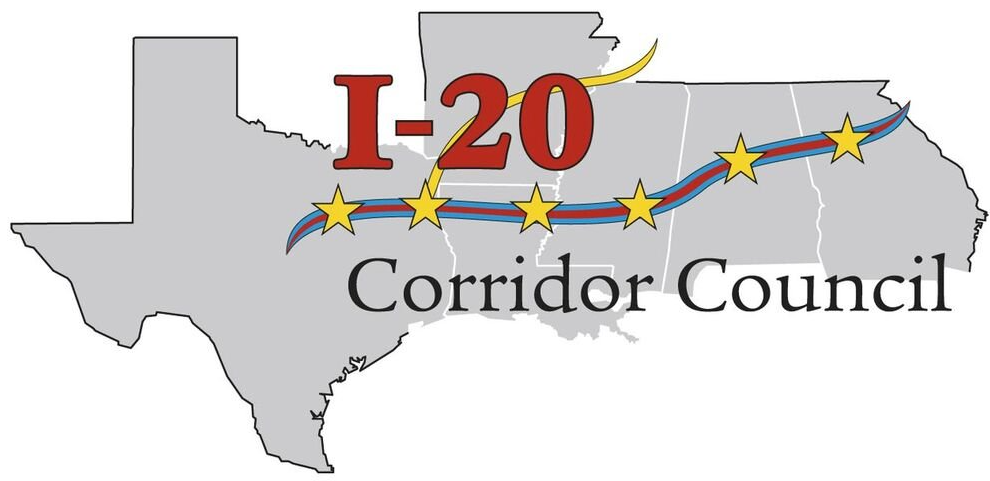FEASIBILITY STUDY
FEASIBILITY STUDY
In January 2015, at the Texas Rail Advocates Southwestern Rail Conference in Dallas, Judge Richard Anderson, Chairman of the I-20 Corridor Council, proposed and requested of Amtrak Senior Vice President for Long Distance Services that Amtrak study the economic viability of this Southern passenger rail connection as a long-distance train from Fort Worth to Atlanta (815 miles) then connecting to the East Coast, Washington, DC and New York City. Amtrak agreed to do so. Within five months, a second internal Amtrak study determined that the route was economically viable without ongoing state subsidies.
The feasibility analysis reflected that the I-20 Corridor long-distance train would:
- Require no annual operating subsidy for the states through which this long-distance route traverses.
- Operate over existing railroad tracks with no need for the exercise of eminent domain.
- Travel at the currently authorized maximum speed of 79mph which could be increased with the advent of positive train control ("PTC")
- Envision two daily frequencies from Fort Worth to Meridian and a split in Meridian and join the Crescent route to Atlanta.
- One-time capital expenditures for capacity improvements would ultimately need to be negotiated with the various host railroads, with the assistance of state and federal grants or funding.
To read the complete Feasibility Study, please click the link below.
As noted in the Overview section of this website, in a meeting with Amtrak President Stephen J. Gardner on August 23, 2021, discussing the proposed I-20 Corridor long-distance passenger rail connection, President Gardner shared that Amtrak is considering looking at refreshing the analysis of this study.
